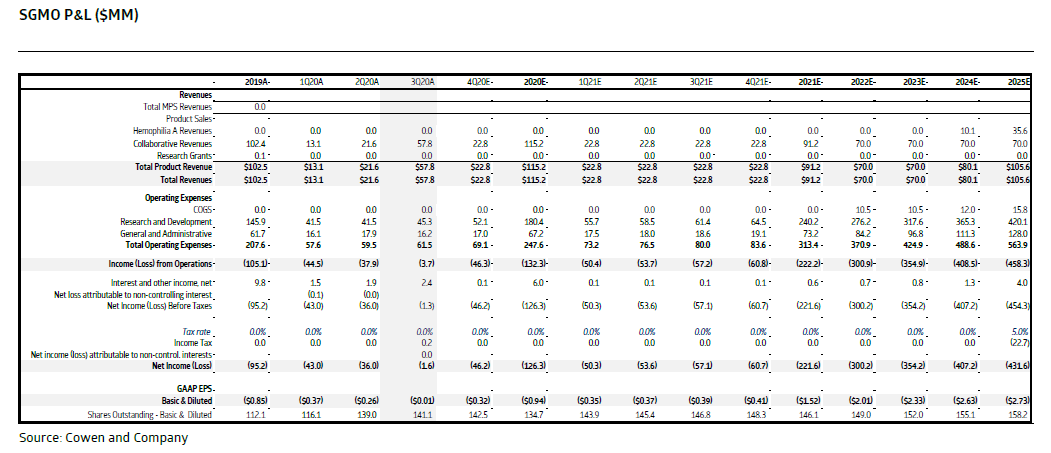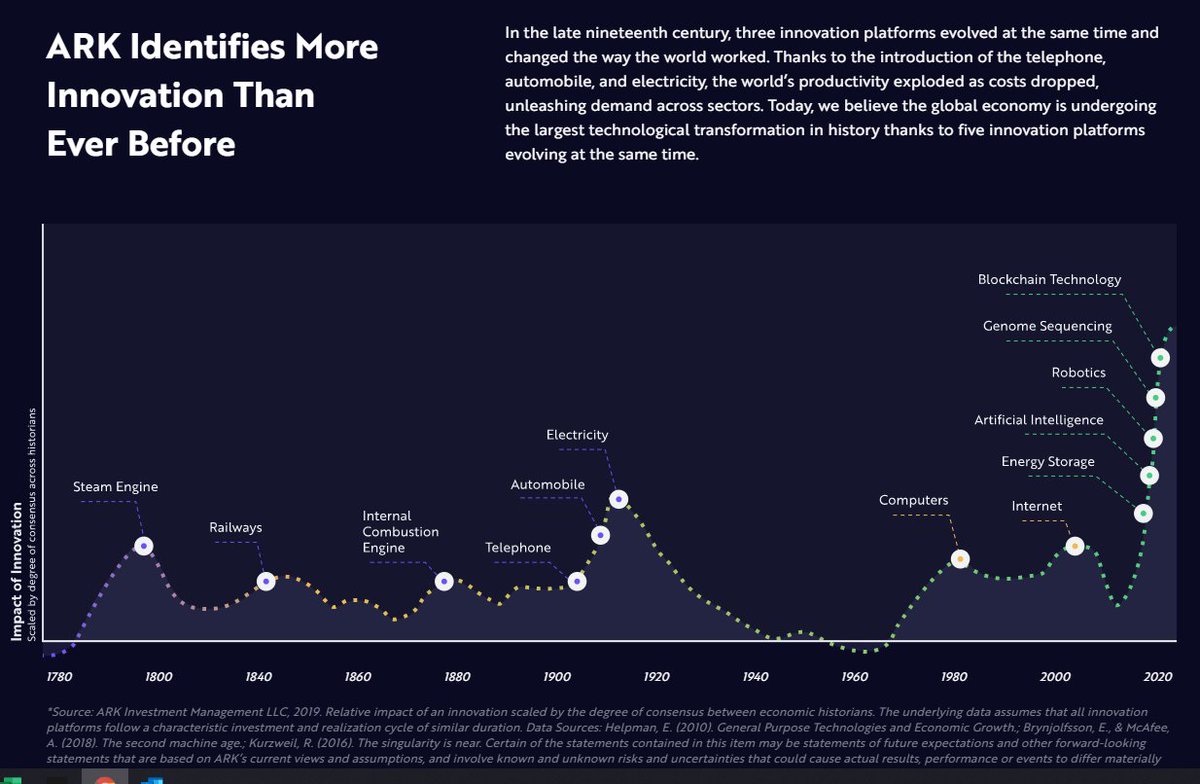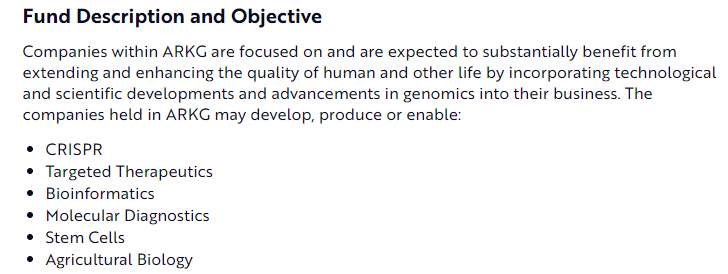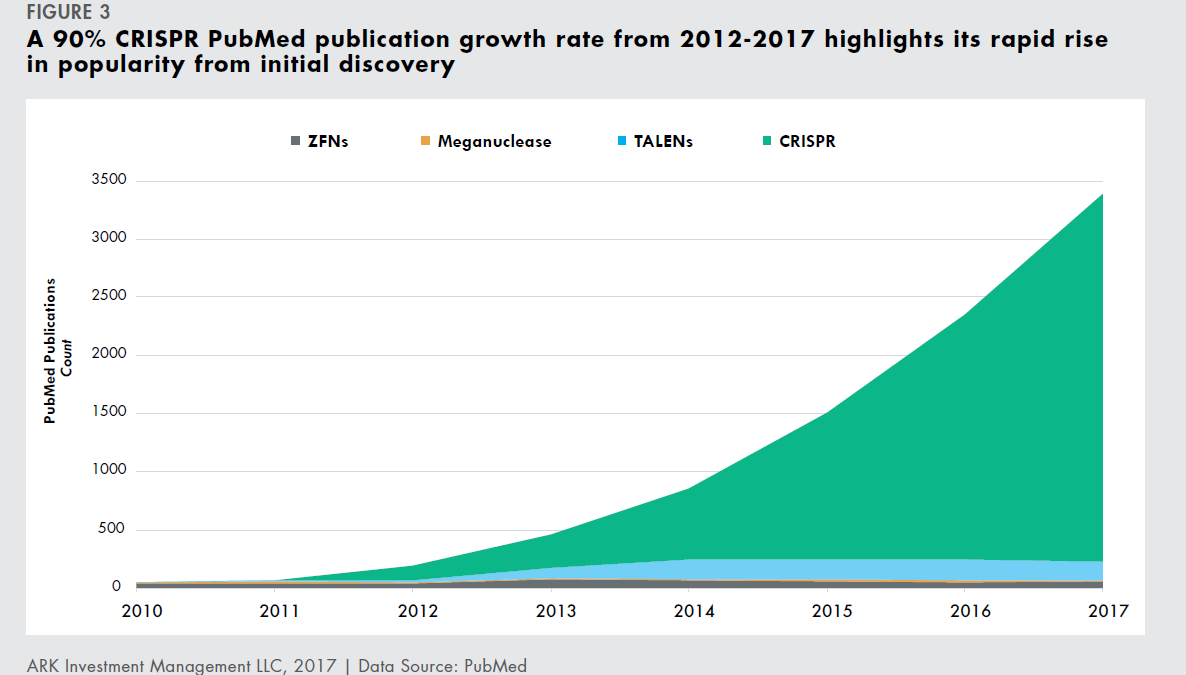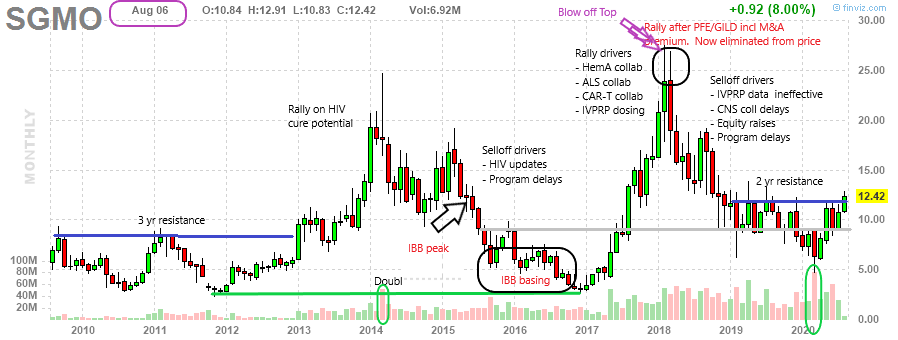
Part II of the $CRSP $SGMO comparison will hopefully be a bit less dry now that Part I updates are in place. This thread will focus more on valuation, outlook and why the valuation cycle should matter to investors.
1/
1/
Let's start with the concept of #Disruptive technologies. The originator of disruptive innovation theory, Clayton Christensen worked with HBR in 2015 to revisit the past 20 years.
2/
hbr.org/2015/12/what-i…

2/
hbr.org/2015/12/what-i…


#GenomicMedicine is disrupting Big Pharma who has begun to respond by spinning off old product lines and jumping into #GeneTherapy.
3/


3/
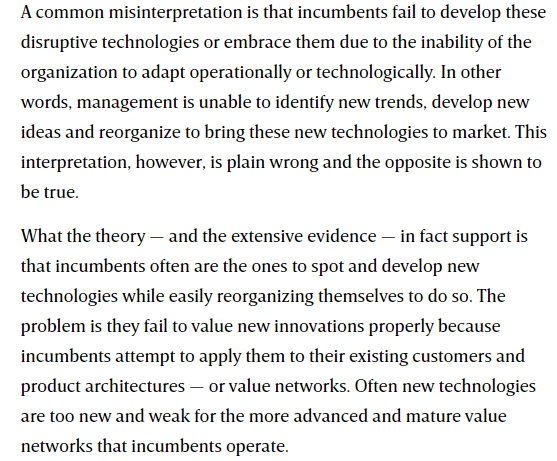


#Disruption occurs in waves which are commonly depicted as S Curves. Some believe that #CRISPR is disrupting #ZFN but this concept is a business model economics disruption.
4/
4/

C Wood at $ARKK $ARKG has built a successful ETF strategy around #Disruption. Some thoughts on their white paper Three Advances slide. Some equate $CRSP with #Crispr but the accelerant is not the company. Editing costs are snapshots in time.
5/



5/




The valuation difference is being driven not by the #Disruption S Curve. It is being driven by investor awareness of it or what Gartner calls the #HypeCycle. $BLUE tried to leverage this but picked the wrong time to update their slides
6/

6/


The Hype cycles are influenced but not the same as S Curves. You can see a little of that with the social media followers of $CRSP and $SGMO. Note the 40% increase in SA vs 15% in Linkedin. SA = investor awareness. Linkedin = ASH updates.
7/

7/


Consider the wkly charts and ARK ownership in the big 3 #CRISPR companies $CRSP $EDIT $NTLA. Pretty similar action because investors became aware which was partially from being noticed by #Reddit #wallstreetbets. $ARKK in their top 100 stocks
8/


8/



Now compare to a longer window into the cycles at $SGMO by using the monthly chart. Investor psychology greed/fear cycles. The hope is that ARK doesn't get derailed when the inevitable cycle hits the #CRISPR components and forced liquidations result.
9/

9/


Now a looks at relative valuations
- $CRSP is valued at $1.4b EV/pipeline
- $SGMO is valued at $62m EV/pipeline
EV=Enterprise Value
Pipeline = clinical plus preclinical programs
More on editor difference later
10/
- $CRSP is valued at $1.4b EV/pipeline
- $SGMO is valued at $62m EV/pipeline
EV=Enterprise Value
Pipeline = clinical plus preclinical programs
More on editor difference later
10/

A couple notes on the difference between a business model built through collaborations which is what $SGMO is doing. They offload indication risk to partners. This has pros and cons. The concentrated costs for specific programs can be seen by looking Hem and $BMRN
11/

11/


The economic returns for $SGMO are still compelling but far less if successful than if the owned the indication outright. That can be seen in $ION valuation over time which took a similar approach to building the bus.
12/
12/

By leveraging collab partners $SGMO has been able to focus on a much broader portfolio, bring manufacturing in house and fund operations in the UK and France. $CRSP just starting
13/



13/




Both $CRSP and $SGMO have sizable potential "biobucks" but CRSP has opted to co-develop and co-commercialize which results in higher R&D spend, less reimbursement and progress funding (milestones). That in turn has led to #CellTherapy concentration.
14/

14/


Long term success though comes on the back of owned programs. Consider the ramp in $SGMO R&D for owned programs over the past 2 yrs now that initial collabs are moving to partners. See "wholly owned"
16/
16/
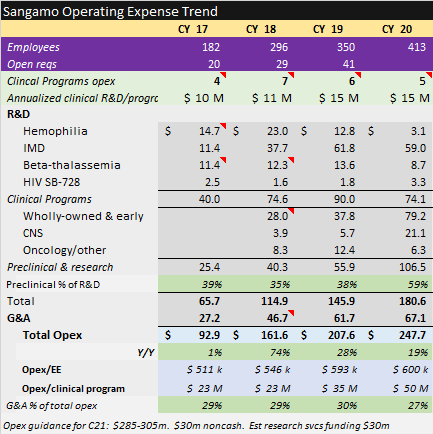
One of the biggest valuation risks in both companies is their #CellTherapy pipeline. Concerns over myeloablative regimens and oncognesis are building. These programs already have long study periods but will likely see future delays
genengnews.com/insights/viral…
17/

genengnews.com/insights/viral…
17/


While both $CRSP and $SGMO have potential issues with #CellTherapy pipelines, the collaborative approach moved most of SGMO risk on $SNY $GILD. The first #Treg clinical program TX200 though using LV delivery which is not laid off.
18/

18/


Will close with another look at whether $CRSP is a "boy band" or if #ZFN is obsolete. but need another cup of coffee first. Another chart on valuation cycles to consider as you wait...
19/
19/

The ability to make site-specific modifications to the human genome has been a goal since the gene was recognized as the basic unit of heredity. That brings us back to editors, delivery, targeting etc.
20/

20/


We know $CRSP is a disruptor but is $SGMO disrupting or being disrupted? The evidence is pretty clear. There are pros/cons and unknowns with respect to the different editors. Biopharma have done their due diligence and are aligned with $SGMO.
21/

21/


$SGMO has moved from #GeneTherapy with hundreds of clinical competitors and a durability profile of 5-10 years. They are now intent on being first in class for #GeneRegulation where no one else has shown allele-specific capability.
genengnews.com/insights/hunti…
22/


genengnews.com/insights/hunti…
22/



The funding outlook for both companies is very strong. $CRSP has smartly raised cash in the equity market leveraging the recent over-valuation. $SMGO raised money with $BIIB and in the recent rally but at far less favorable prices. Preapproval milestone funding is an adv.
23/


23/



Closing with why I'm investing in $SGMO vs $CRSP. - Valuation matters
Investing in where the puck is going Tregs/CNS
inhouse mfg matters
lower risk profile
Many more shots on goal
Hope this was helpful!
24/24



Investing in where the puck is going Tregs/CNS
inhouse mfg matters
lower risk profile
Many more shots on goal
Hope this was helpful!
24/24




• • •
Missing some Tweet in this thread? You can try to
force a refresh









